Anthony J. Dunn
Primer C-VAE: An interpretable deep learning primer design method to detect emerging virus variants
Mar 03, 2025Abstract:Motivation: PCR is more economical and quicker than Next Generation Sequencing for detecting target organisms, with primer design being a critical step. In epidemiology with rapidly mutating viruses, designing effective primers is challenging. Traditional methods require substantial manual intervention and struggle to ensure effective primer design across different strains. For organisms with large, similar genomes like Escherichia coli and Shigella flexneri, differentiating between species is also difficult but crucial. Results: We developed Primer C-VAE, a model based on a Variational Auto-Encoder framework with Convolutional Neural Networks to identify variants and generate specific primers. Using SARS-CoV-2, our model classified variants (alpha, beta, gamma, delta, omicron) with 98% accuracy and generated variant-specific primers. These primers appeared with >95% frequency in target variants and <5% in others, showing good performance in in-silico PCR tests. For Alpha, Delta, and Omicron, our primer pairs produced fragments <200 bp, suitable for qPCR detection. The model also generated effective primers for organisms with longer gene sequences like E. coli and S. flexneri. Conclusion: Primer C-VAE is an interpretable deep learning approach for developing specific primer pairs for target organisms. This flexible, semi-automated and reliable tool works regardless of sequence completeness and length, allowing for qPCR applications and can be applied to organisms with large and highly similar genomes.
Deep learning forward and reverse primer design to detect SARS-CoV-2 emerging variants
Sep 25, 2022
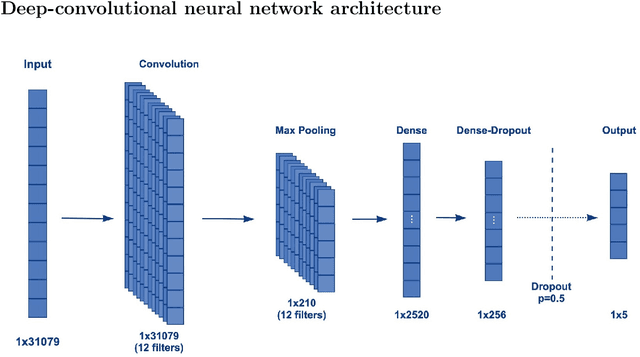
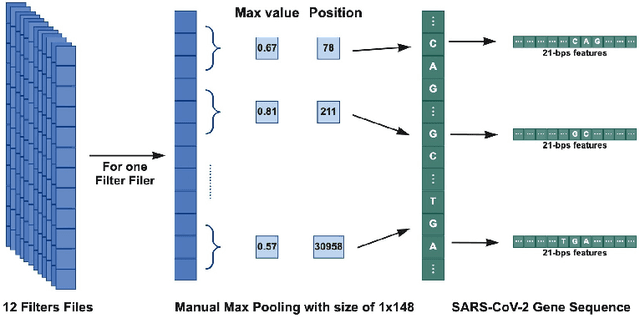

Abstract:Surges that have been observed at different periods in the number of COVID-19 cases are associated with the emergence of multiple SARS-CoV-2 (Severe Acute Respiratory Virus) variants. The design of methods to support laboratory detection are crucial in the monitoring of these variants. Hence, in this paper, we develop a semi-automated method to design both forward and reverse primer sets to detect SARS-CoV-2 variants. To proceed, we train deep Convolution Neural Networks (CNNs) to classify labelled SARS-CoV-2 variants and identify partial genomic features needed for the forward and reverse Polymerase Chain Reaction (PCR) primer design. Our proposed approach supplements existing ones while promoting the emerging concept of neural network assisted primer design for PCR. Our CNN model was trained using a database of SARS-CoV-2 full-length genomes from GISAID and tested on a separate dataset from NCBI, with 98\% accuracy for the classification of variants. This result is based on the development of three different methods of feature extraction, and the selected primer sequences for each SARS-CoV-2 variant detection (except Omicron) were present in more than 95 \% of sequences in an independent set of 5000 same variant sequences, and below 5 \% in other independent datasets with 5000 sequences of each variant. In total, we obtain 22 forward and reverse primer pairs with flexible length sizes (18-25 base pairs) with an expected amplicon length ranging between 42 and 3322 nucleotides. Besides the feature appearance, in-silico primer checks confirmed that the identified primer pairs are suitable for accurate SARS-CoV-2 variant detection by means of PCR tests.
Deep learning methods for screening patients' S-ICD implantation eligibility
Mar 10, 2021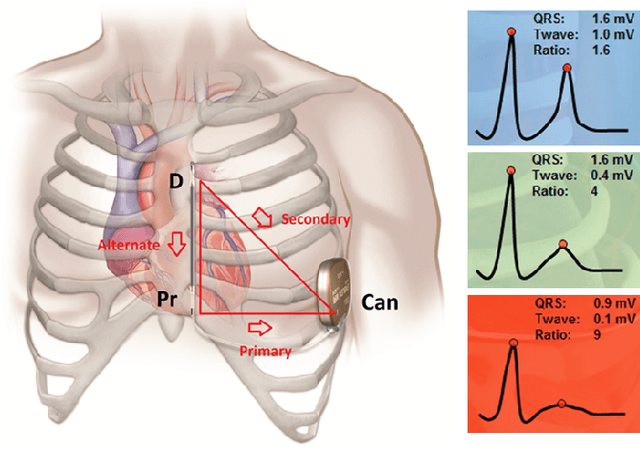
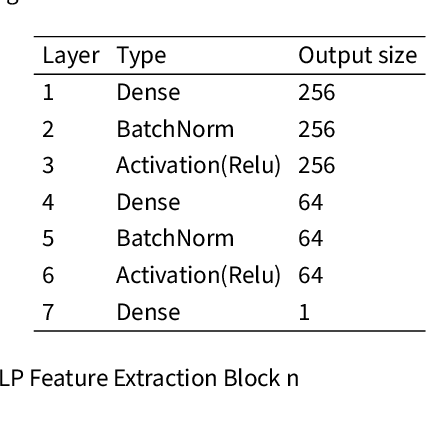
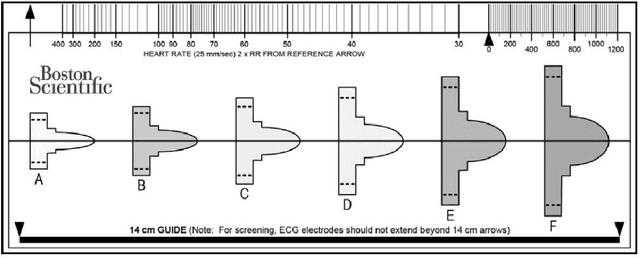
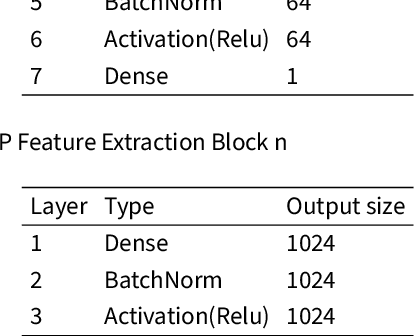
Abstract:Subcutaneous Implantable Cardioverter-Defibrillators (S-ICDs) are used for prevention of sudden cardiac death triggered by ventricular arrhythmias. T Wave Over Sensing (TWOS) is an inherent risk with S-ICDs which can lead to inappropriate shocks. A major predictor of TWOS is a high T:R ratio (the ratio between the amplitudes of the T and R waves). Currently patients' Electrocardiograms (ECGs) are screened over 10 seconds to measure the T:R ratio, determining the patients' eligibility for S-ICD implantation. Due to temporal variations in the T:R ratio, 10 seconds is not long enough to reliably determine the normal values of a patient's T:R ratio. In this paper, we develop a convolutional neural network (CNN) based model utilising phase space reconstruction matrices to predict T:R ratios from 10-second ECG segments without explicitly locating the R or T waves, thus avoiding the issue of TWOS. This tool can be used to automatically screen patients over a much longer period and provide an in-depth description of the behaviour of the T:R ratio over that period. The tool can also enable much more reliable and descriptive screenings to better assess patients' eligibility for S-ICD implantation.
Infrequent adverse event prediction in low carbon energy production using machine learning
Jan 19, 2020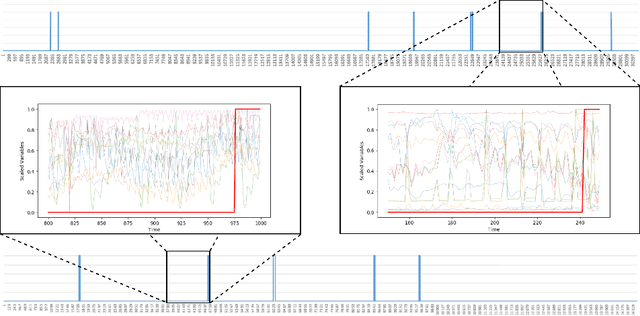
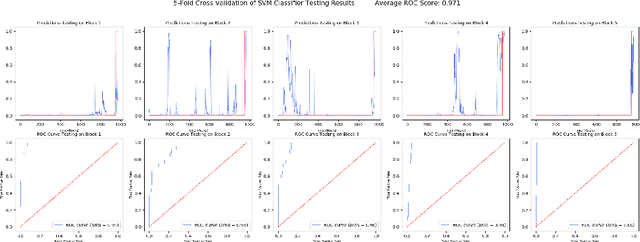


Abstract:Machine Learning is one of the fastest growing fields in academia. Many industries are aiming to incorporate machine learning tools into their day to day operation. However the keystone of doing so, is recognising when you have a problem which can be solved using machine learning. Adverse event prediction is one such problem. There are a wide range of methods for the production of sustainable energy. In many of which adverse events can occur which can impede energy production and even damage equipment. The two examples of adverse event prediction in sustainable energy production we examine in this paper are foam formation in anaerobic digestion and condenser fouling in steam turbines as used in nuclear power stations. In this paper we will propose a framework for: formalising a classification problem based around adverse event prediction, building predictive maintenance models capable of predicting these events before they occur and testing the reliability of these models.
 Add to Chrome
Add to Chrome Add to Firefox
Add to Firefox Add to Edge
Add to Edge